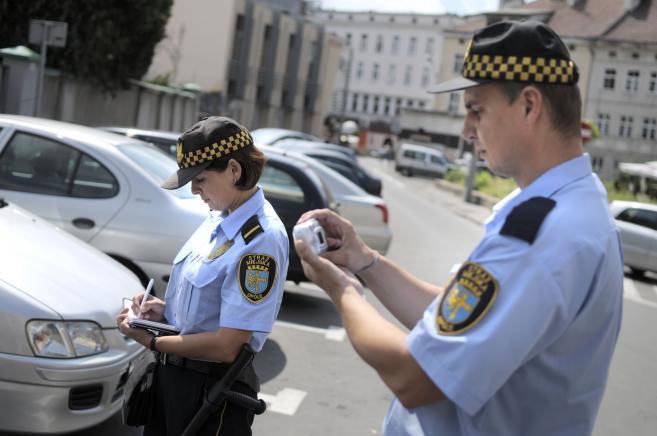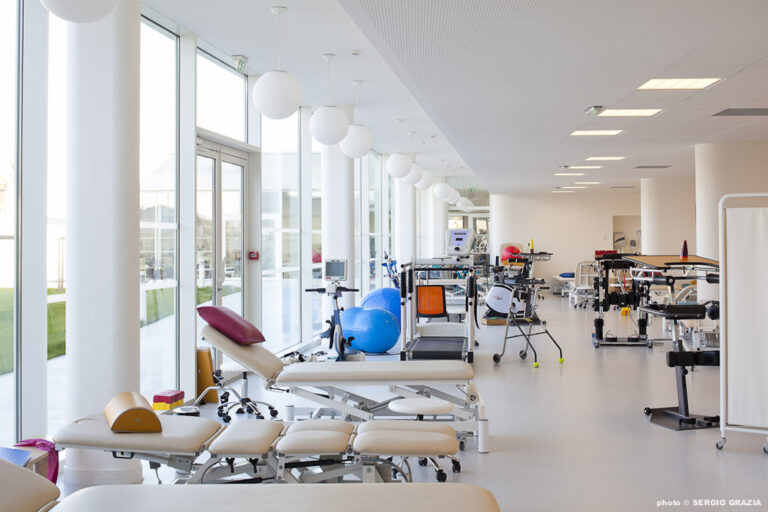Driving a car in Poland can be tricky if you don’t know the Polish law and Polish customs. To make life easier for you, we have gathered all the information you need in one article.
Owning your own car – Car insurance Poland
There are two options: either you have brought your car from abroad or you have bought one in Poland. Both options have some advantages and disadvantages.
When you own a car that you brought over when you moved to Poland, you would be insured in your country and you wouldn’t have to worry about ensuring your car in Poland. If you decided to buy a car in Poland you need to be insured in Poland and that means a few things.
Car insurance in Poland is obligatory and there are two types available. The first of which is called OC. The OC insurance is a third-party liability insurance. The OC insurance is the minimum obligatory insurance in Poland and protects persons that got injured in an accident caused by you. What’s important is that OC only insures the car and not the driver. That means that anyone can drive the insured car with insurance coverage. Another important element is that OC only covers damages to your car when you had an accident and it wasn’t your fault. If it’s you who caused the accident then you will not be compensated for car damages. If you want to be insured for this situation, you need the second type of insurance, AC.
Want to know what kind of car insurances are available in Poland and what costs are involved, check out this comparison website and get an instant quote.
The other thing that is connected with the insurance is the technical check (MOT). How often you have to do it depends on your car. But here is the tricky part. As far as you are insured in Poland there is no problem with the technical check. You just need to find the most suitable garage (called in Polish – Stacja Kontroli Pojazdów) and leave your car for the check. Although, if you are not insured in Poland, you won’t be able to get the papers signed by the mechanic. Only cars insured in Poland can get a valid technical check in Poland. So if your technical check will soon be out of date and your car is insured abroad, you might have found yourself a good excuse for a trip home.
Renting a car in Poland
The rules and regulations for car owners or car renters are the same. The only thing you don’t have to worry about when renting a car is the insurance. You will always have your basic cover with every rental. Bear in mind though that driving in a new unknown environment can sometimes be challenging, especially during the icy Polish winters. An additional coverage is no unnecessary luxury.
Read more about how to rent a car in Poland or check out the best Polish car rental deals
Driving licence
If you’re not a citizen of an EU member state you will have to carry an international driving licence in order to drive a car. If you’re a citizen of EU member state all you need is to make sure you took it with you when you left home as it is valid in Poland.
If you want to take your driving test in Poland we have great news for you, even if you don’t speak Polish you can still take the exam. What you have to do is to take the exam with a translator assisting you during the entire exam!
The basics for driving
Poland has very similar laws to other European countries. Here is the list of the most basic rules. Probably you are aware of them, but it’s better to read it and realise that you know it, than not bother and get in trouble!
1) You always have to have your driving license and insurance papers with you when you are driving.
2) You always need to have in your car the necessary elements of equipment in case of emergency (fire extinguisher, first aid kit, a hazard warning triangle and a safety vest).
3) One of the most important things you have to do after getting into the car is fastening your seatbelt. And it doesn’t matter whether you’re a driver or a passenger – it’s a total must. Of course, you can play a hero and decide not to obey this rule but keep in mind that having this superpower may cost you a 100 PLN fine.
4) If you travel with kids you should know how old they are (which shouldn’t be so difficult – if they are your own children) and not sit them in the front passenger seat if they’re under the age of 12.
5) Children up to the age of 12, must be seated in either a safety seat for infants, 9-12 months or toddlers 1-4 years, or in a booster seat for children aged 4-12.
6) The next rule probably won’t be any kind of special news for you – you can’t drive drunk. The permitted alcohol level in Poland is 0.2 and if you exceed this value you simply break the law which is strongly enforced by Polish police.
7) Also, remember that in Poland you have to have the dipped headlights on – even during the day all year round.
8) In Poland, in the places where there are regularly fatal accidents, there are signs called black points (czarny punkt). It is information for you to be careful and drive slower and with your full attention.
9) If the car coming opposite way flashes its lights at you twice it can mean two things: either there is police somewhere close, probably looking for people speeding, or you don’t have your lights on. It’s just a small Polish driving custom that is good to know.
Speed limits in Poland
There are times when you can feel the speed and drive really fast – we talk about motorways, of course, however, to make sure you don’t go too far with your imagination, here are the speed limits on various types of roads:
- motorways – 130 kph
- dual carriageways express roads outside urban areas – 110 kph
- dual carriageways and single carriageways express roads outside urban areas – 100 kph
- single carriageways outside urban areas – 90 kph
- main roads in urban areas – 90 kph
- built up areas – 50 kph (5 AM – 11 PM); 60 kph (11 PM – 5 AM)
Note to self: in Poland there are many speed cameras and they are often in places where you would not to expect them to be.
Well, that’s basically it. That should be all you need to know before you drive on Polish roads. We wish you all safe trips – especially during your journeys in our beautiful country. Take care of yourself!
[fbcomments url=”http://www.foreignersinpoland.com/driving-car-poland/” width=”100%” count=”off” num=”5″ countmsg=”wonderful comments!”]
























